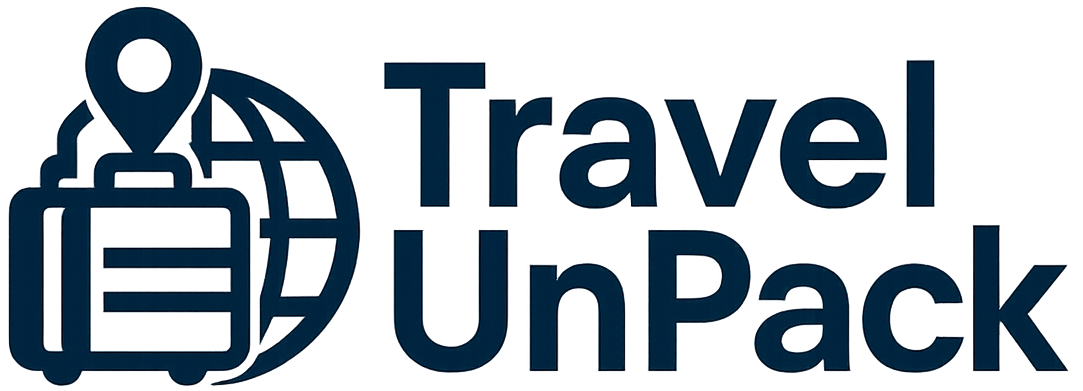How to Use the "Career Mosaic" Technique to Create a Unique Professional Profile
What is a mosaic career and why does it matter?
Imagine a mosaic: small, seemingly disconnected fragments that, when joined together, form a complete and beautiful image. This is how mosaic careerThis is an approach that values the combination of different skills, experiences and knowledge to create a unique professional profile. In an increasingly dynamic market, where demands change rapidly, being able to connect the dots between different areas can be your greatest differentiator.
Have you ever wondered why some people manage to move between such different sectors as marketing and engineering, or design and health, while others get stuck in a single specialization? The answer lies in the ability to integrating knowledge. A professional who masters data analysis and also has experience in communication, for example, can offer valuable insights that a pure specialist might not be able to.
But how do you turn seemingly random experiences into a cohesive narrative? The first step is to abandon the idea that your career needs to follow a straight line. Instead, look at each opportunity as a piece that can fit into a bigger picture. A former teacher who has migrated to the corporate sector can use their teaching skills to train teams, while a designer with a background in psychology can create more intuitive user experiences.
Why does the market value professionals with hybrid profiles? Companies are looking for versatility. A report by McKinsey Global Institute shows that 60% of today's occupations require multidisciplinary skills. If you've worked in different areas, don't see this as a disadvantage, but as an asset. The key is knowing how to tell your story strategically.
Identifying the pieces of your professional mosaic
Before assembling your mosaic, you need to map out all the available pieces. This means making a detailed inventory of your skills, experiences and interests. Take out a piece of paper or open a document and list everything from short courses to volunteer work, hobbies and side projects. You might be surprised at how much knowledge you've accumulated over the years.
A useful exercise is to separate your skills into categories. For example:
– Technical skills (programming, graphic design, data analysis).
– Interpersonal skills (leadership, communication, negotiation).
– Specific knowledge (project management, digital marketing, labor legislation).
Now think about how these skills work together. Someone with a degree in biology and experience in sales could excel in the area of marketing pharmaceutical products, combining technical knowledge and persuasion. Another example: a journalist who has learned programming can move into the field of data science, bringing a narrative vision to the analysis of information.
What if you think you don't have enough skills? Don't underestimate informal experiences. A father who manages the family routine develops organization and multitasking; a volunteer in NGOs acquires resilience and teamwork. These are valuable skills that often don't appear in the traditional curriculum.
Finally, look for patterns. What topics have always caught your attention? Which projects have given you the most satisfaction? These clues can indicate where your different expertise meets. Tools such as My Next Move (help cross-reference skills with possible careers.
Creating connections between seemingly disconnected areas
Now that you've mapped out your pieces, it's time to find the threads that bind them together. This requires a little creativity and a change of mentality. Instead of thinking "I have no experience in this", try: "How can what I already know be applied here?".
Let's look at a real case: a professional trained in music who decided to move into technology. At first, the areas seem opposite, but she realized that her ability to read sheet music (a complex language) made it easier to learn programming languages. In addition, her experience in public speaking has helped her to communicate technical ideas clearly. Today, she works as a developer and consultant in digital accessibility.
Another example is that of an engineer who became a chef. He applied his knowledge of industrial processes to optimize production in restaurants, reducing waste and preparation time. His mosaic career combined technical precision with a passion for gastronomy.
How do you train this connection skill? Practice lateral thinking. When you learn something new, ask yourself:
- Where else can this be useful?
- Who outside my field faces similar problems?
- How can I adapt this solution to another area?
Tools such as MindMup allow you to create mind maps to visualize these relationships. The more you practice, the more natural it will be to see opportunities where others see disconnects.
Building a convincing narrative for the market
There's no point in having an incredible mosaic if you don't know how to present it. The challenge here is to transform a non-linear history into a coherent and attractive trajectory for recruiters. The key lies in storytelling: tell your story in such a way that the changes in direction make sense.
Start by identifying a central theme that permeates your experiences. For example: "I've always tried to solve complex problems through creativity". From there, show how each stage contributed to this goal. If you worked in customer service, then design and then data analysis, highlight how all these roles required problem solving from different perspectives.
In the CV, replace the chronological order with a skills-based structure. Use sections such as:
– Project Management (include relevant experiences, even if in different contexts).
– Effective Communication (from academic presentations to training sessions).

In interviews, prepare answers to questions such as "Why so many changes of area?". Instead of justifying, reframe"Each experience has given me the tools to see challenges in a multidimensional way. Today, I'm able to combine technical and strategic vision thanks to this trajectory."
Need help structuring your narrative? Platforms such as LinkedIn offer courses on personal branding. In addition, books such as "Designing Your Life (Bill Burnett) provide practical exercises for rethinking your career.
Developing new skills to complete your mosaic
If you've identified gaps between your current pieces and the desired profile, don't worry: a career in mosaics is a work in progress. The important thing is to look for lessons that fill in the gaps among their existing expertise.
Let's say you have a background in administration and an interest in sustainability. A course in environmental management can be the bridge to work in ESG (Environmental, Social, and Governance), an area on the rise. Similarly, a health professional who studies design thinking can innovate in hospital processes.
How do you choose what to learn? Prioritize skills that:
1. are in high demand (e.g. data analysis, emotional intelligence).
2. Connect to at least two areas of your mosaic.
3. Arouse their genuine interest (to maintain motivation).
Sites like Coursera e Udemy offer affordable courses. But don't ignore informal options: podcasts, mentoring and even discussion groups on Reddit can be valuable.
Remember: you don't have to become an expert in everything. You just need to know enough to making connections. An advertising executive who understands the basics of programming can communicate better with developers, for example.
Markets and niches that value mosaic profiles
Some sectors are particularly receptive to hybrid professionals. Identifying them can speed up their entry into the market. Here are some examples:
– Technology and InnovationStartups are looking for people who combine technical and creative skills. A developer with notions of UX Design or a data scientist who knows how to tell stories with numbers has an advantage.
– Sustainability and ESGThis area requires knowledge of law, engineering, communication and finance. Those who can translate regulations into business strategies stand out.
– Corporate Education: Teachers who move into team training apply didactics in business contexts. If you have experience in teaching and business, you can create more effective training programs.
– Entrepreneurship: Business owners need to be "all-rounders" - from marketing to financial management. If you've worked in various roles, you're open-minded about the challenges of entrepreneurship.
How do you find out where your mosaic fits in? Search for vacancies that mention "multidisciplinary skills" or "generalist profile". Talk to professionals from different fields on LinkedIn. Test freelance projects on platforms such as Workana to validate your combinations.
Keeping your mosaic relevant over time
A mosaic career is not static. As the market evolves, some pieces lose relevance, while others become essential. Keeping up to date requires continuous learning e flexibility to rearrange its competencies.
Make time for it regularly:
– Reassess your mosaicWhich skills are obsolete? Which new trends require adaptation?
– Experiment with combinations: Take part in side projects or volunteer to test new intersections.
– Expand your network: Connecting with people from different fields brings valuable insights. Events such as hackathons or meetups (find some at Meetup) are great opportunities.
What if the market devalues your profile? Use your versatility to your advantage. During the pandemic, many professionals reinvented themselves by combining old skills with new demands (e.g. yoga instructors who migrated to online classes, using video editing skills).
Finally, document your journey. A portfolio on Notion or a personal blog can tangibly show how your pieces complement each other. That way, when someone asks "What do you do?", you'll have an answer as unique as your mosaic.
So, are you ready to make your own professional mosaic? Start today by listing your parts and looking for connections. The market no longer wants narrow specialists - it wants people who can create bridges between ideas. And that could be your greatest strength.



